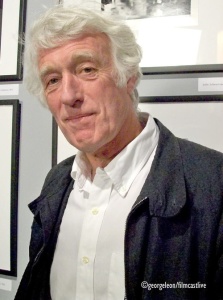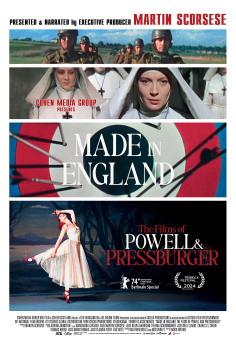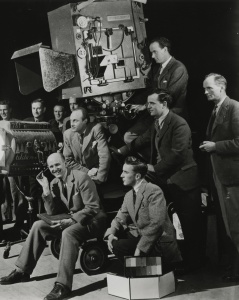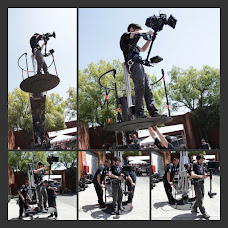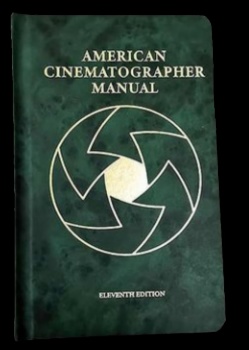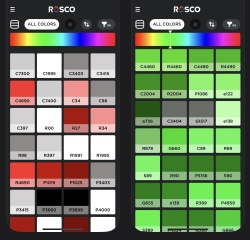THE PRINCESS OF MONTPENSIER AT VIFF 2010
By John Phillip Jones
“Dealing with history teaches you to be analytical and teaches you to find out what's important. Not conventional history, but the history told by the new breed of historians that show that history is linked with fact, flesh, blood, passion. It's not just about remembering dates, but it's about making the history alive.” Bertrand Tavernier.
Although Bertrand Tavernier’s early work was dominated by mysteries, he has never shied away from social commentary as can be observed in “Ça commence aujourd'hui” (1998) and “Histoires de vies brisées” (2001). His advocacy of pacifism is evident in films such as “Life and Nothing But” (1989), “Capitaine Conan” (1998).Tavernier’s awards include a BAFTA for best film in a language other than English in 1990 for “Life and Nothing But” and four César Awards. “The Princess of Montpensier” competed for the Palme d'Or at the 2010 Cannes Film Festival.
“The Princess of Montpensier” is a costume drama set during the French Wars of Religion (1562-1598). The story, loosely adapted from Mme. De La Fayette’s eponymous novel, takes place between 1568 and 1571. The plot centers around the beautiful Marie de Mezieres (Mélanie Thierry), who in spite of being in love with her cousin Henri de Guise (Gaspard Ulliel), is forced into a more advantageous marriage by her father. Her husband to be is Philippe de Montpensier (Grégoire Leprince-Ringuet) who she has never met. The consummation of their marriage, with all the public in attendance, has more the character of a business transaction than romance.However Montpensier is unable to get acquainted with his new bride as he is called to the front. His young bride is left under the protection of Count de Chabannes (Lambert Wilson), an impoverished noble who had served as her husband’s tutor some time ago.
Marie cannot forget her first love, but finds a friend in Chabannes, her tutor. Chabannes unfortunately for him soon falls under her spell. The Duke of Anjou (Raphaël Personnaz) becomes the fourth in the list admirers. An imbroglio of epic proportions ensues as the couple is called to Court in Paris. Her husband becomes jealous on account of de Guise’s pursuit of Marie, who is initially hesitant, but soon gives in to his advances. The droll Duke d’Anjou, who is to inherit the throne from his soon to be departed brother Charles IX, pulls rank to put a stop to the affair. Chabannes, caring more for her happiness than his, nobly aids the Princess to spend a night with her forbidden love.
The film’s production is spectacular with sumptuous costumes and luxurious sets. The locations go from the rustic Château de Messilhac to the majestic Château de Blois. Tavernier possesses a painter’s eye for depicting both nature and architecture. Cinematographer Bruno de Keyzer’s mastery of light and shadow is worthy of a renaissance master. His camera work is nothing short of brilliant, depicting with equal talent the luxurious interiors of Blois or the wild beauty of Auvergne. Keyzer is able to capture the essence of diverse moments such as slaughter of battle or the intimacy of the bedroom with equal skill.
This is not his first collaboration with Tavernier, both having worked together in “In the Electric Mist”(2009), “Life and Nothing But” (2009), and “La Passion de Béatrice” (1987). De Keyzer won a César for best cinematography for his work in Tavernier’s “Life and Nothing But” . This is most certainly an art house film, especially since the history may be unfamiliar outside Francophone sphere. It does however serve as a useful antidote to Ridley Scott’s forgettable “Robin Hood”.













